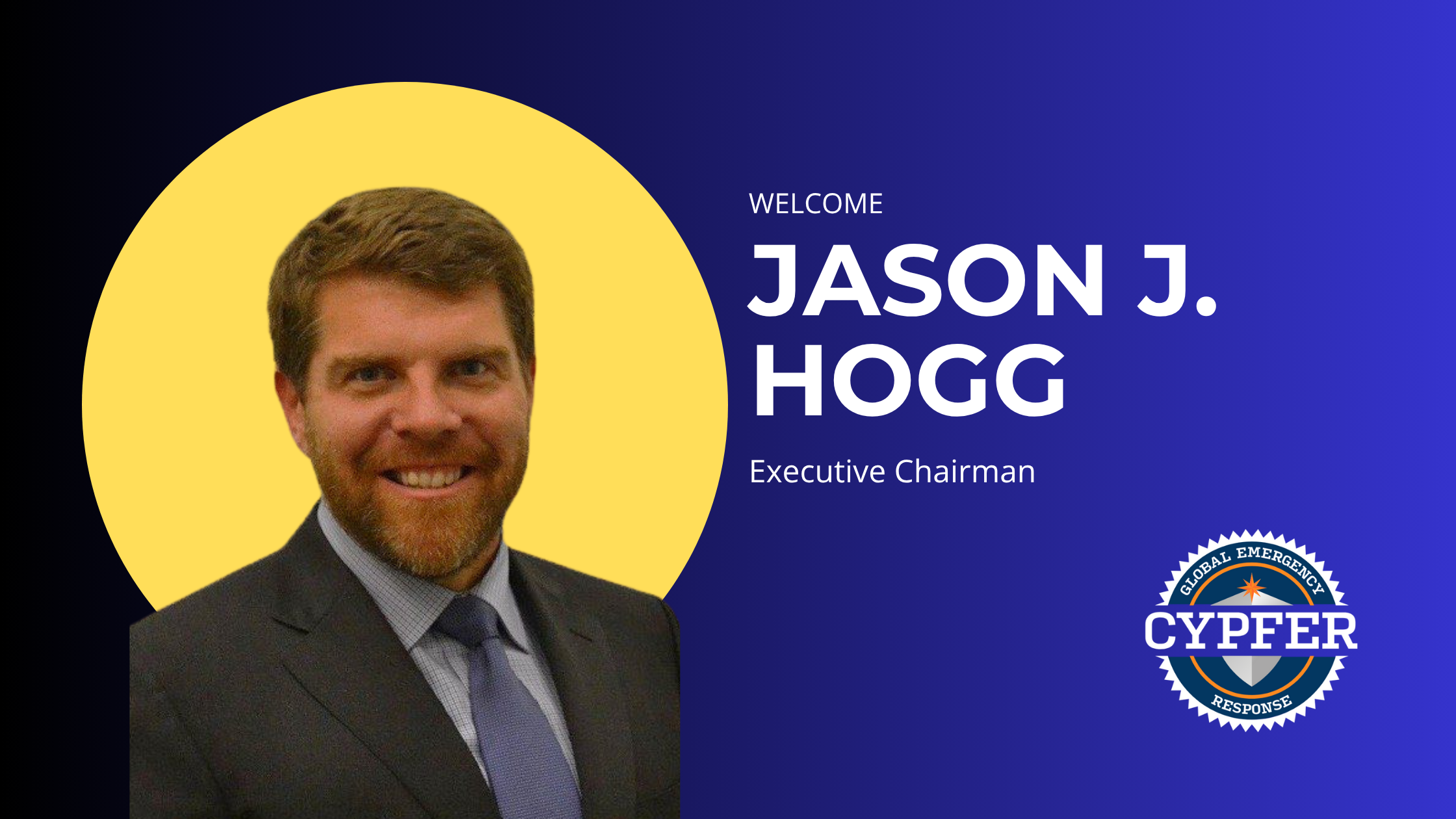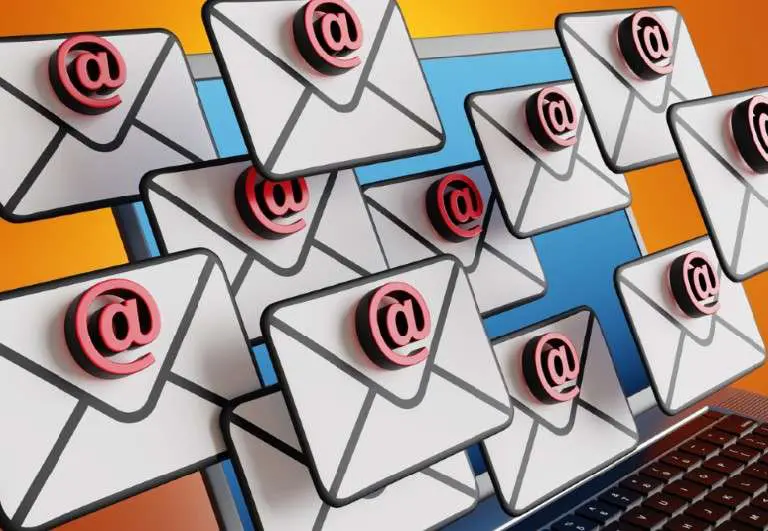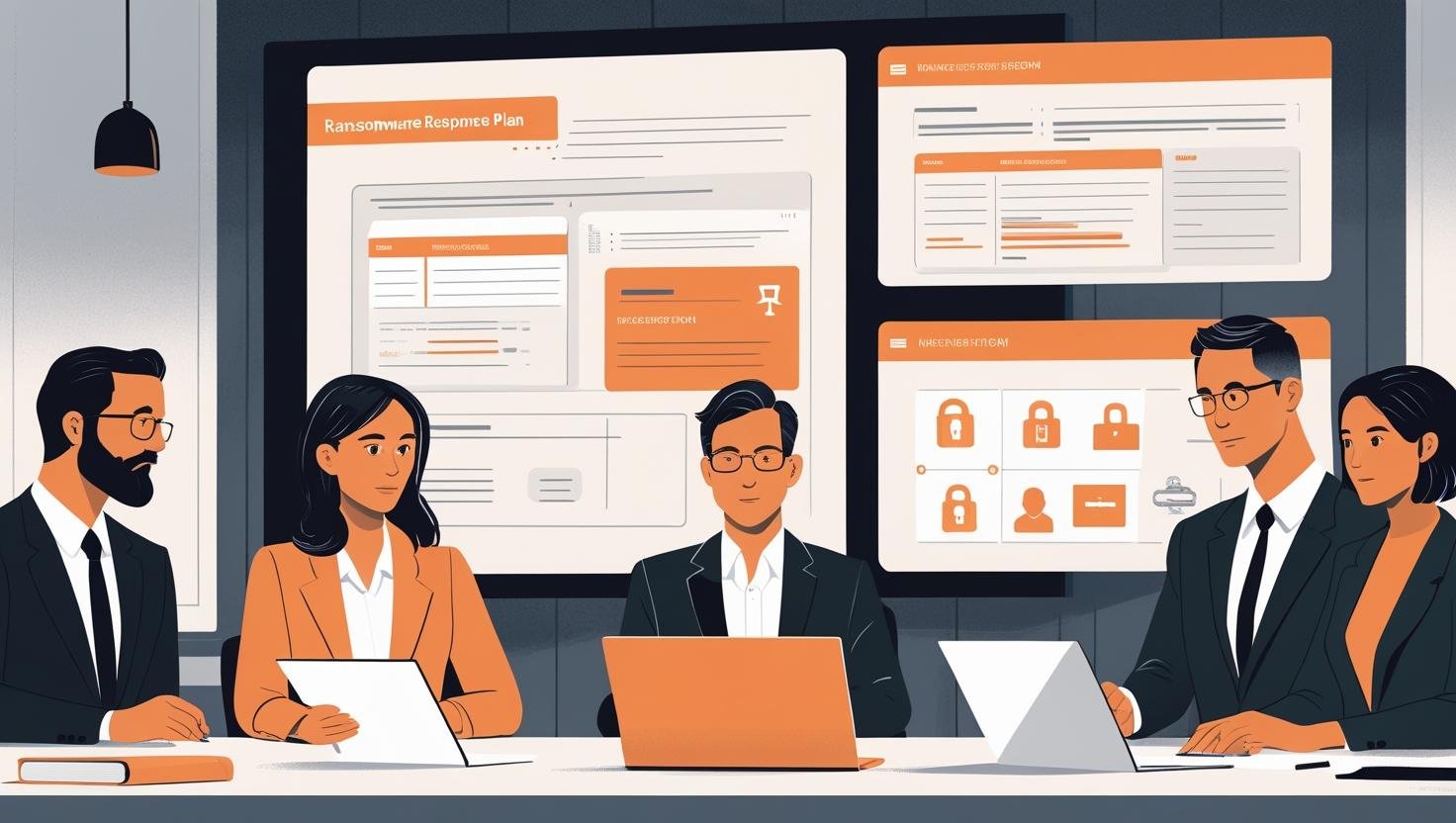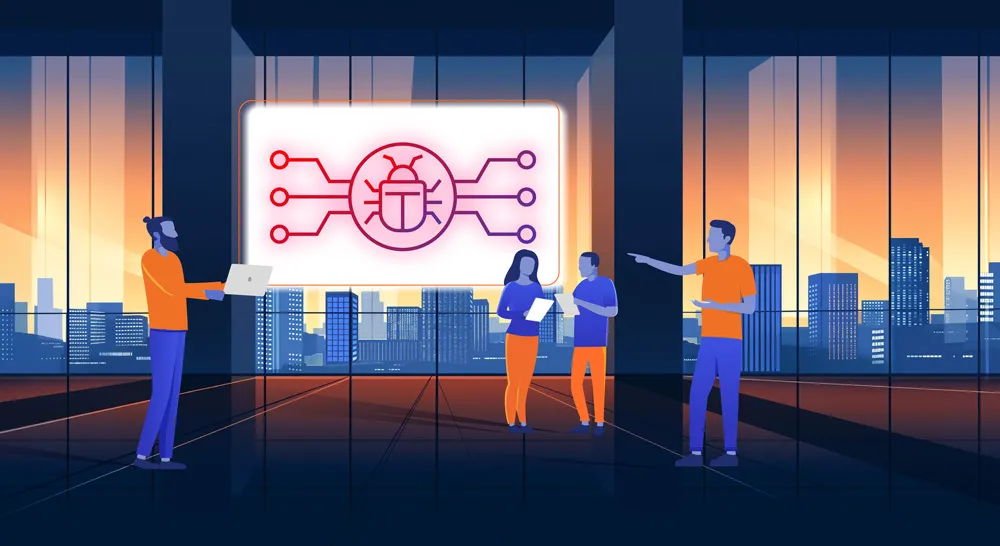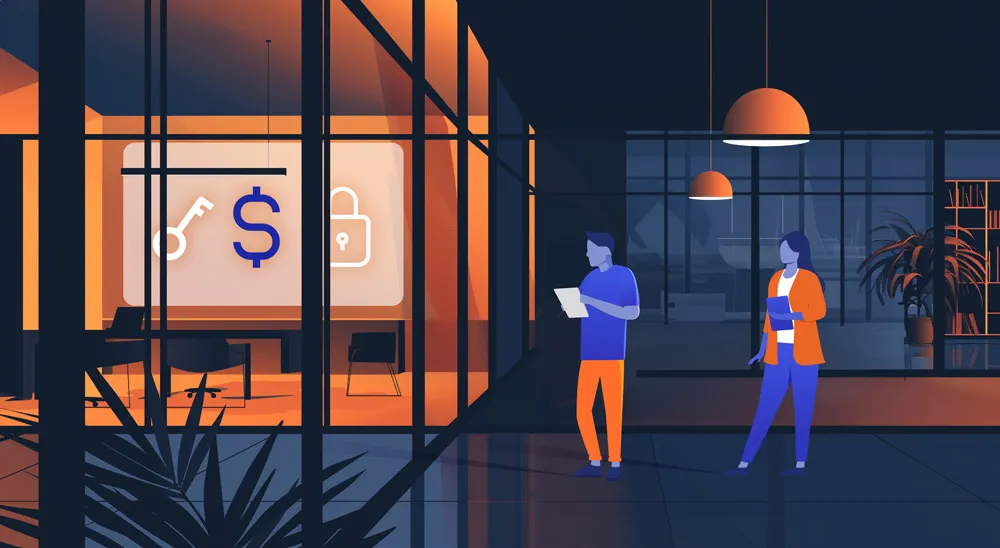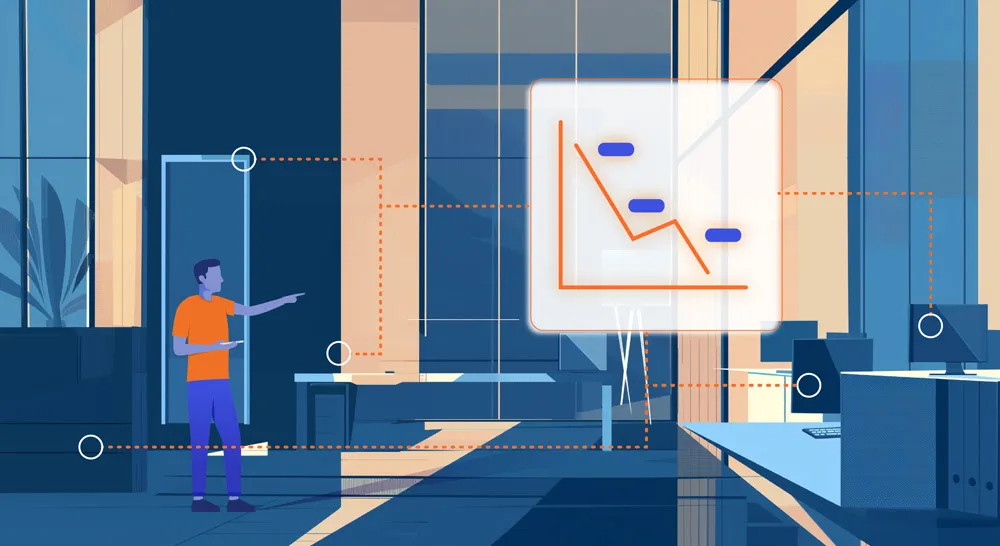
In today’s digital landscape, remote work has become increasingly common, making it necessary for organizations to secure remote access to their networks and systems. One way to enhance remote access security is by implementing Multi-Factor Authentication (MFA). MFA requires users to provide two or more forms of identification before accessing a network or system, adding an extra layer of security beyond traditional usernames and passwords.
With MFA, organizations can ensure that only authorized users gain access to their networks and systems, even if passwords are compromised. MFA can also detect suspicious login attempts and prevent unauthorized access, protecting sensitive data from cybercriminals. By implementing MFA, organizations can significantly reduce the risk of data breaches, boost productivity, and foster a culture of security awareness among employees.
Defend Against Attack
To defend against cyber-attacks, organizations must adopt a multi-layered approach that includes implementing strong access controls, regularly updating security protocols, and providing regular security awareness training to employees. Organizations should also invest in the latest security technologies, such as firewalls, intrusion detection systems, and antivirus software. Regular vulnerability assessments and penetration testing can help identify weaknesses in the organization’s security posture and take corrective actions.
In addition, organizations should have an incident response plan in place that outlines the steps to be taken in the event of a security breach. This plan should include measures to contain the breach, investigate the cause, and remediate the damage. By implementing these measures, organizations can defend against attacks, minimize damage, and recover quickly from security incidents.
Secure Network Access
Securing network access is crucial for protecting an organization’s sensitive data and resources. To secure network access, organizations should implement strong access controls, such as requiring strong passwords and regularly changing them, implementing network segmentation, and limiting access to sensitive data only to authorized personnel.
Organizations should also invest in the latest security technologies, such as firewalls, intrusion detection and prevention systems, and virtual private networks (VPNs). VPNs are particularly useful for securing remote access to the network, as they provide encrypted connections that prevent unauthorized access and data interception.
Regular security assessments and audits can help identify vulnerabilities in the organization’s network and take corrective actions. By securing network access, organizations can ensure that their sensitive data and resources are protected against unauthorized access and cyber-attacks.
- Multi-factor authentication (MFA) provides an additional layer of security to remote access, making it more difficult for cybercriminals to gain unauthorized access.
- MFA requires users to provide two or more forms of identification before accessing a network or system, such as a password and a fingerprint or a one-time code.
- MFA can detect suspicious login attempts and prevent unauthorized access, protecting sensitive data from cybercriminals.
- By implementing MFA, organizations can reduce the risk of data breaches and comply with industry regulations, such as the General Data Protection Regulation (GDPR).
- MFA can improve productivity and streamline access management by eliminating the need for multiple login credentials for different systems.
- MFA should be implemented alongside other security measures, such as firewalls, intrusion detection systems, and regular security training for employees, to ensure comprehensive security coverage for remote access.
Remote access refers to the ability of authorized personnel to access an organization’s resources and services from outside the organization’s physical boundaries, typically through the internet. The management of remote access is critical to ensuring that only authorized personnel can access sensitive data and resources.
One way to secure remote access is by implementing multi-factor authentication (MFA), which requires users to provide two or more forms of identification before gaining access. MFA adds an extra layer of security beyond traditional usernames and passwords, making it more difficult for cybercriminals to gain unauthorized access. However, the complexity of identity management parameters, such as passwords and other access credentials, can be a challenge, particularly for larger organizations.
Furthermore, it’s essential to ensure that remote access technologies are up-to-date and in line with industry standards. Outdated technology can create vulnerabilities that cybercriminals can exploit, and it may not be capable of supporting the latest security protocols. To ensure the currency of technology/care feed, organizations should have a plan in place for regular technology updates and maintenance to prevent security vulnerabilities.
In summary, the management of remote access involves implementing strong access controls, such as MFA, regularly updating technology, and properly managing identity management parameters to ensure that only authorized personnel can access sensitive data and resources.
Your Complete Cyber Security Partner:
Every Step, Every Threat.
At CYPFER, we don’t just protect your business—we become part of it.
As an extension of your team, our sole focus is on cyber security, ensuring your peace of mind. From incident response and ransomware recovery to digital forensics and cyber risk, we integrate seamlessly with your operations. We’re with you 24×7, ready to tackle threats head-on and prevent future ones.
Choose CYPFER, and experience unmatched dedication and expertise. Trust us to keep your business secure and resilient at every turn.
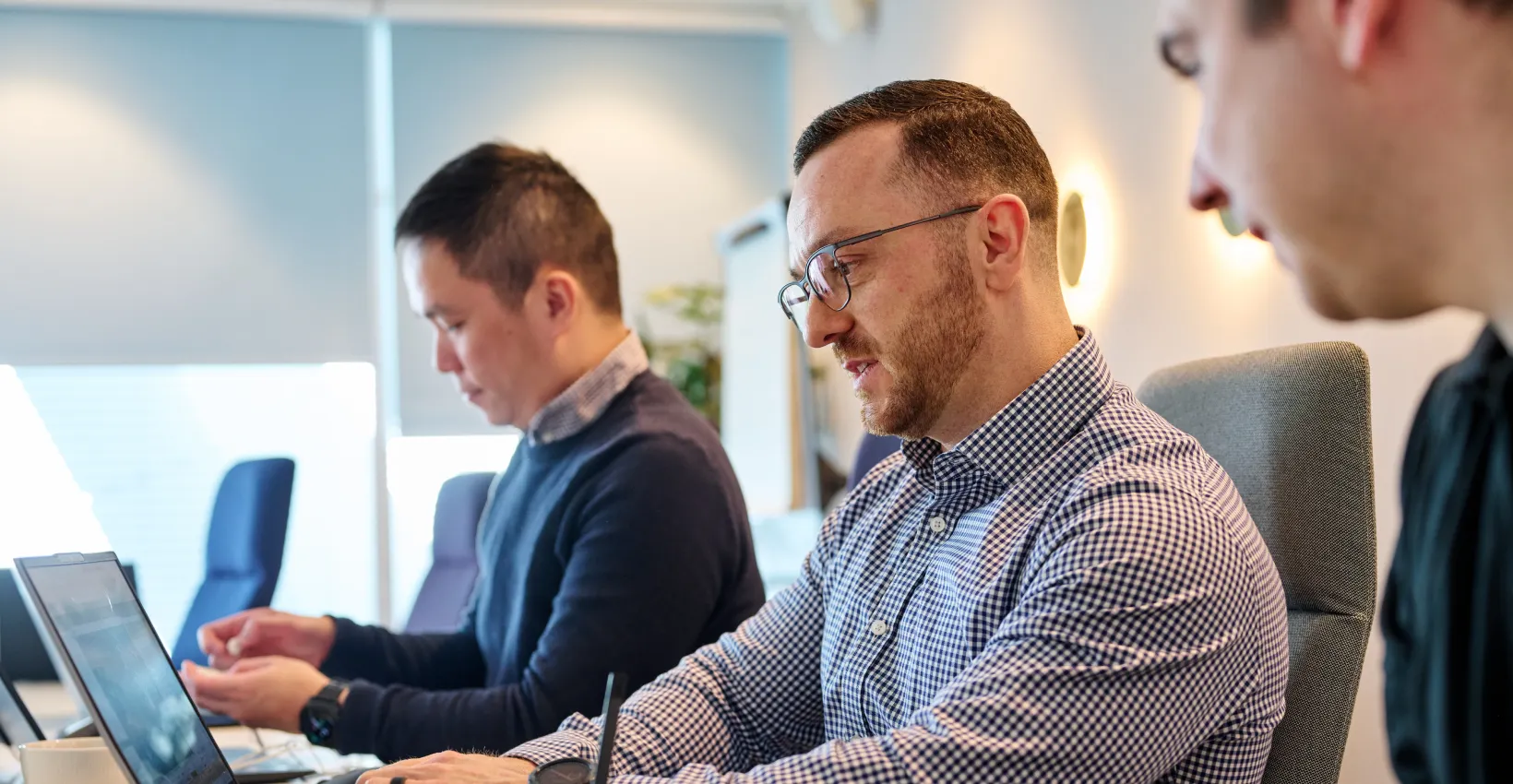
Get Cyber Certainty™ Today
We’re here to keep the heartbeat of your business running, safe from the threat of cyber attacks. Wherever and whatever your circumstances.
Contact CYPFER